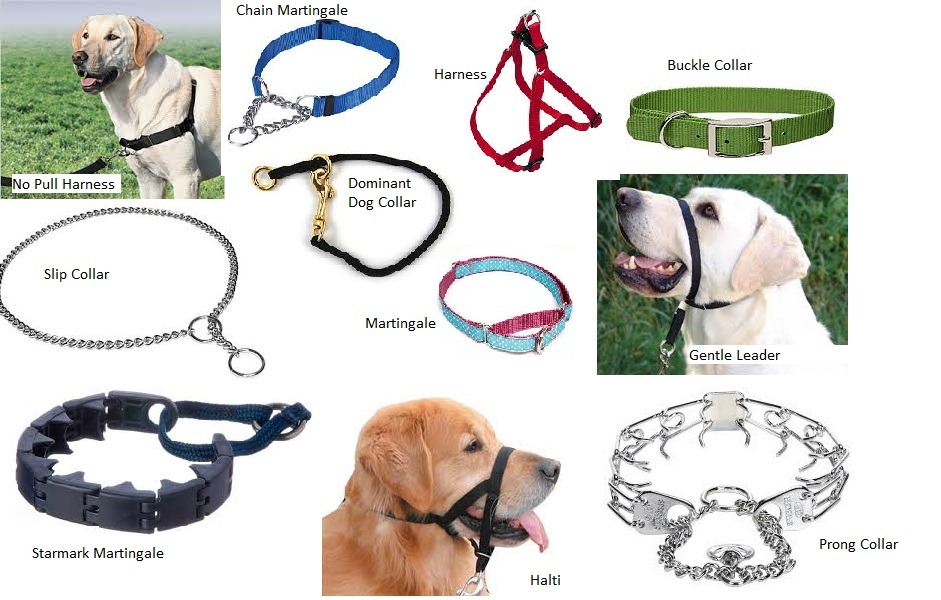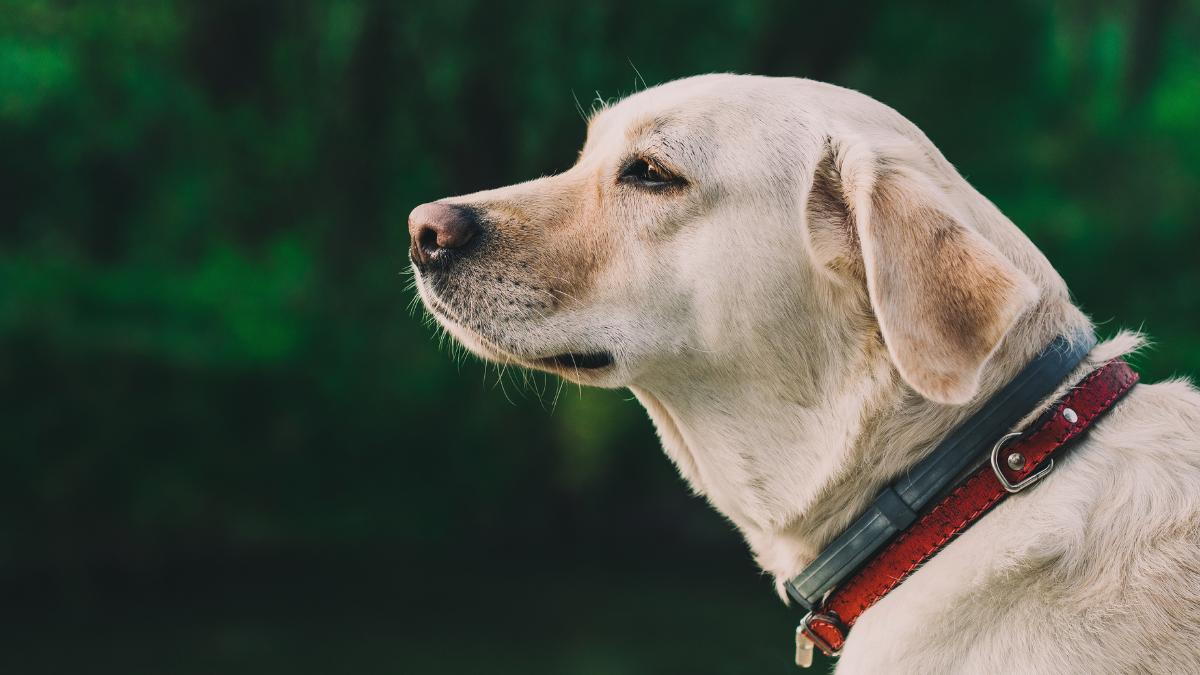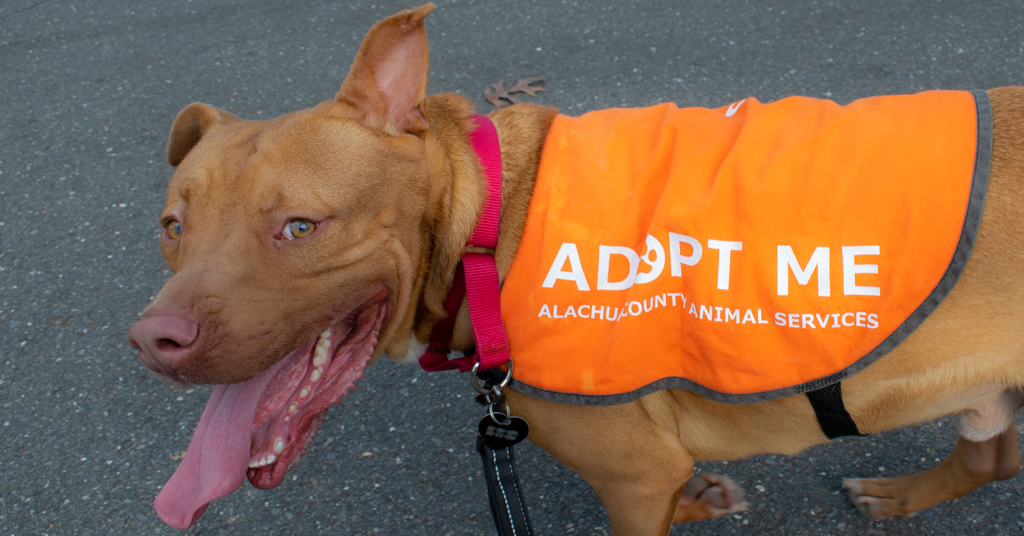How to Choose the Right Collar for Your Rescue Pet
Choosing the right collar for your rescue pet is one of the most important decisions you’ll make as a pet parent. A well-fitted, comfortable collar is not only essential for your pet’s safety but also contributes to their training and overall well-being. Whether you’ve adopted a puppy, an adult dog, or a cat, selecting the right collar can make all the difference in how they feel and behave during walks or training sessions.
At MyTopDeals10.com, we specialize in reviewing the best products for pet owners, including pet accessories like collars, leashes, and harnesses. In this comprehensive guide, we’ll walk you through the different types of collars available, key considerations when choosing one, and how to ensure your pet’s comfort, safety, and training needs are met. Plus, we’ll introduce you to some fantastic collars from Found My Animal that combine style and functionality.
And don’t forget, you can enjoy a 10% discount when you shop at Found My Animal using the code mytopdeals10.

Understanding Collar Types
When it comes to collars, there isn’t a one-size-fits-all solution. Different collar types serve various purposes depending on your pet’s size, breed, and training needs. Let’s explore the most popular types of collars and their specific uses.
Flat Collars: The Everyday Essential
The flat collar is the most common and widely used collar type. It’s perfect for everyday wear and is ideal for pets who don’t have specific training needs.
Key Features:
- ID Tag Attachment: Flat collars are designed to hold ID tags, which are essential for identification in case your pet gets lost.
- Proper Fit: The collar should fit snugly but comfortably, with enough room to slide two fingers between the collar and your pet’s neck. This ensures safety and prevents choking.
Pro Tip: Make sure to regularly check the fit of your pet’s flat collar, especially as they grow or if their weight changes.
“A flat collar is ideal for everyday use and identification, but it should always be fitted properly to avoid discomfort.”

Martingale Collars: Great for Escape Artists
If you’ve adopted a rescue pet with a slender neck or one prone to slipping out of their collar, a Martingale collar is a fantastic option. These collars are designed to prevent escape while still maintaining comfort.
Key Features:
- Escape Prevention: Unlike standard collars, the Martingale tightens slightly when your dog pulls, but it doesn’t restrict their airway, which is crucial for dogs with narrow heads.
- Ideal for Certain Breeds: They are especially useful for breeds like Greyhounds or Whippets, which are known for their ability to slip out of standard collars.
“A Martingale collar gives you peace of mind knowing your pet won’t slip out, all while maintaining a safe and comfortable fit.”
Head Collars: Perfect for Training Reactive Pets
If you’ve adopted a reactive dog or a larger dog that’s harder to control, head collars can help manage their behavior during walks and training. These collars help guide your dog’s head, giving you more control without causing harm or discomfort.
Key Features:
- Enhanced Control: By controlling the dog’s head, these collars provide a greater ability to redirect your dog’s attention.
- Training Aid: They’re especially useful during training sessions or walks where your pet may exhibit pulling, lunging, or other reactive behaviors.
“For dogs who are hard to manage, a head collar can make walks and training sessions safer and more productive.”

Harnesses: A Safer Option for Small Breeds
If you’ve adopted a small dog or one prone to tracheal collapse (a common concern for small breeds), a harness is an excellent alternative to a collar. Harnesses distribute pressure across the body, reducing the risk of injury to the neck.
Key Features:
- Better for Small Breeds: Harnesses are ideal for small dogs, puppies, and breeds with fragile tracheas. They help prevent discomfort and health risks.
- No-Pull Options: Some harnesses come with no-pull designs, which can be helpful in training your dog to walk properly without pulling on the leash.
“A harness is a safer and more comfortable option for small dogs or pets with respiratory issues.”
Choke and Prong Collars: Why They Should Be Avoided
Though sometimes used in training, choke collars and prong collars are generally discouraged. These collars can cause physical harm and lead to behavioral issues, particularly for rescue pets who may have trauma or anxiety.
Key Features:
- Risk of Injury: Choke and prong collars can cause harm to your pet’s neck and spine. They can also lead to stress or confusion in dogs.
- Behavioral Issues: These collars can sometimes exacerbate aggression or anxiety, especially in pets with past trauma.
“For the safety and well-being of your pet, it’s best to avoid using choke or prong collars during training.”
Key Considerations When Choosing a Collar
Once you’ve familiarized yourself with the different types of collars, it’s time to focus on the key factors that will help you select the best one for your rescue pet.
Proper Fit: The Most Important Factor
Ensuring that the collar fits properly is crucial for your pet’s comfort and safety. An ill-fitting collar can lead to discomfort, choking, or even the collar slipping off.
How to Measure for a Proper Fit:
- Measure your pet’s neck size with a soft tape measure.
- Choose a collar that allows for two fingers to comfortably fit between the collar and your pet’s neck.
- Make sure the collar is not too tight or too loose. Recheck the fit regularly, especially if your pet is still growing.
“A properly fitted collar is essential for both your pet’s safety and comfort. Don’t forget to check the fit regularly!”
Material: Durability and Comfort
The material of the collar plays a huge role in both comfort and durability. Whether you’re looking for something lightweight, durable, or eco-friendly, there are plenty of material options available.
Recommended Materials:
- Nylon: Strong, flexible, and water-resistant, making it ideal for daily wear.
- Leather: Durable and stylish, though it requires maintenance to keep it looking its best.
- Soft Fabric: Great for pets with sensitive skin, especially puppies or elderly pets.
“Choose a collar made from durable materials like nylon or leather for long-lasting wear and comfort.”

Safety Features: Reflective Strips and Quick-Release Buckles
Safety is another important consideration. Look for collars with reflective strips for visibility, especially if you’re walking your pet at night. Quick-release buckles are also a great safety feature that allows for quick removal in case of emergency.
Recommended Features:
- Reflective Strips: Ensure your pet is visible during nighttime walks.
- Quick-Release Buckles: Allows for fast removal if the collar becomes stuck or uncomfortable.
“For added safety, choose a collar with reflective strips and a quick-release buckle.”
This concludes the first half of our guide on How to Choose the Right Collar for Your Rescue Pet. Stay tuned for the second half, where we’ll delve into additional tips for maintaining your pet’s collar, ensuring its longevity, and providing more insights into collar care and training!
How to Choose the Right Collar for Your Rescue Pet (Continued)
In the first part of this guide, we covered the importance of selecting the right collar for your rescue pet. We explored various types of collars such as flat collars, martingale collars, harnesses, and head collars, each offering different benefits depending on your pet’s size, breed, and needs. We also discussed key considerations like proper fit, material, and safety features that will help you make an informed decision.
In this second half, we will continue to explore additional tips for maintaining your collar, how to choose the right collar for specific training needs, and provide a detailed FAQ section to help answer any remaining questions you may have about collar care.
Additional Tips for Collar Care and Maintenance
Once you’ve selected the best collar for your rescue pet, it’s important to keep it in good condition. Regular care will not only ensure your pet’s comfort and safety but also prolong the life of the collar.
Regularly Check the Fit
As your rescue pet grows, their collar should fit accordingly. Whether your pet is a puppy that’s still growing or an adult dog gaining or losing weight, make sure to check the collar for proper fit regularly.
- Adjust as Needed: If your pet’s neck size changes, ensure the collar is adjusted to maintain a snug, comfortable fit.
- Check for Wear and Tear: Inspect the collar for any signs of fraying, stitching issues, or damage. Worn-out collars may lose their strength and should be replaced for your pet’s safety.
Clean the Collar Regularly
Just like other pet accessories, collars need to be cleaned regularly to ensure your pet stays comfortable and free from irritation.
- Nylon Collars: Nylon collars can be washed easily with mild soap and water. Allow the collar to air dry completely to prevent the material from weakening.
- Leather Collars: Leather collars require a little more care. Use a damp cloth to wipe them down and occasionally apply a leather conditioner to maintain the material’s softness and durability.
“A clean, well-maintained collar ensures that your rescue pet stays comfortable and safe, without irritation or injury.”

How to Select a Collar for Training
When choosing a collar for training your rescue pet, it’s essential to focus on both their needs and temperament. Some collars are designed to help with specific training behaviors, while others provide greater control and safety during walks.
Training Collars: Which One to Choose?
- No-Pull Harness: If your dog pulls on the leash, a no-pull harness is a great option. These harnesses are designed to discourage pulling by tightening around the dog’s chest when they pull, redirecting their attention back to you.
- Head Collars: For larger or more reactive dogs, head collars provide more control by guiding the dog’s head rather than their neck. This can help with training, especially for dogs prone to pulling or lunging.
- Martingale Collars: These are a great choice for training dogs with escape tendencies. They tighten slightly when pulled but remain safe and comfortable, preventing dogs from slipping out during training sessions.
“Choosing the right collar for training can make all the difference in how well your rescue pet learns and adapts.”
Frequently Asked Questions (FAQs)
1. How do I know if my pet’s collar is too tight?
A collar should be snug but not tight. You should be able to comfortably fit two fingers between the collar and your pet’s neck. If the collar feels too tight or leaves marks, it’s time to adjust or replace it.
2. Can I use the same collar for walks and training?
Yes, you can, but it depends on the training needs of your pet. If your pet is a puller, a no-pull harness or head collar might be better suited for walks. For general use, a flat collar or Martingale collar can work for everyday walks and identification purposes.
3. How often should I replace my pet’s collar?
You should replace your pet’s collar if it shows signs of wear and tear, like fraying or weakening materials. Regularly check for any signs of damage, especially if you use the collar frequently for walks or training.
4. Are there collars that are safer for pets with breathing problems?
Yes, harnesses are a better choice for pets with respiratory issues, as they don’t put pressure on the neck and throat. Harnesses distribute pressure more evenly across the pet’s body, reducing the risk of injury to the trachea.
“Your pet’s comfort and safety should always be your top priority when choosing a collar or harness.”
Why Choose Found My Animal Collars?
When selecting a collar for your rescue pet, you want one that combines style, comfort, and durability. Found My Animal offers a range of collars that not only meet these standards but also contribute to animal welfare efforts. The company’s commitment to using high-quality materials like marine-grade rope ensures that their products are durable and long-lasting. Moreover, with a portion of every purchase going towards animal welfare, you can feel good about supporting a brand that truly cares.
For a 10% discount, use the code mytopdeals10 when you shop at Found My Animal!

Conclusion: Choosing the Best Collar for Your Rescue Pet
Selecting the right collar for your rescue pet is about more than just aesthetics—it’s about ensuring their comfort, safety, and training needs are met. Whether you choose a flat collar, Martingale collar, head collar, or harness, it’s important to consider factors like proper fit, material, and safety features. Regularly checking the collar for wear and tear and making necessary adjustments will help ensure that your pet remains safe and comfortable.
Remember, a well-fitted collar can help support your training efforts and provide peace of mind when you’re out walking your pet. And by supporting brands like Found My Animal, you’re also contributing to the broader cause of animal welfare.
Explore their collection today, and don’t forget to use the code mytopdeals10 for 10% off your next purchase!
This concludes our guide on How to Choose the Right Collar for Your Rescue Pet. Now that you’re equipped with the knowledge to make an informed decision, you can ensure that your pet is both comfortable and stylish while supporting responsible pet ownership and animal welfare.


